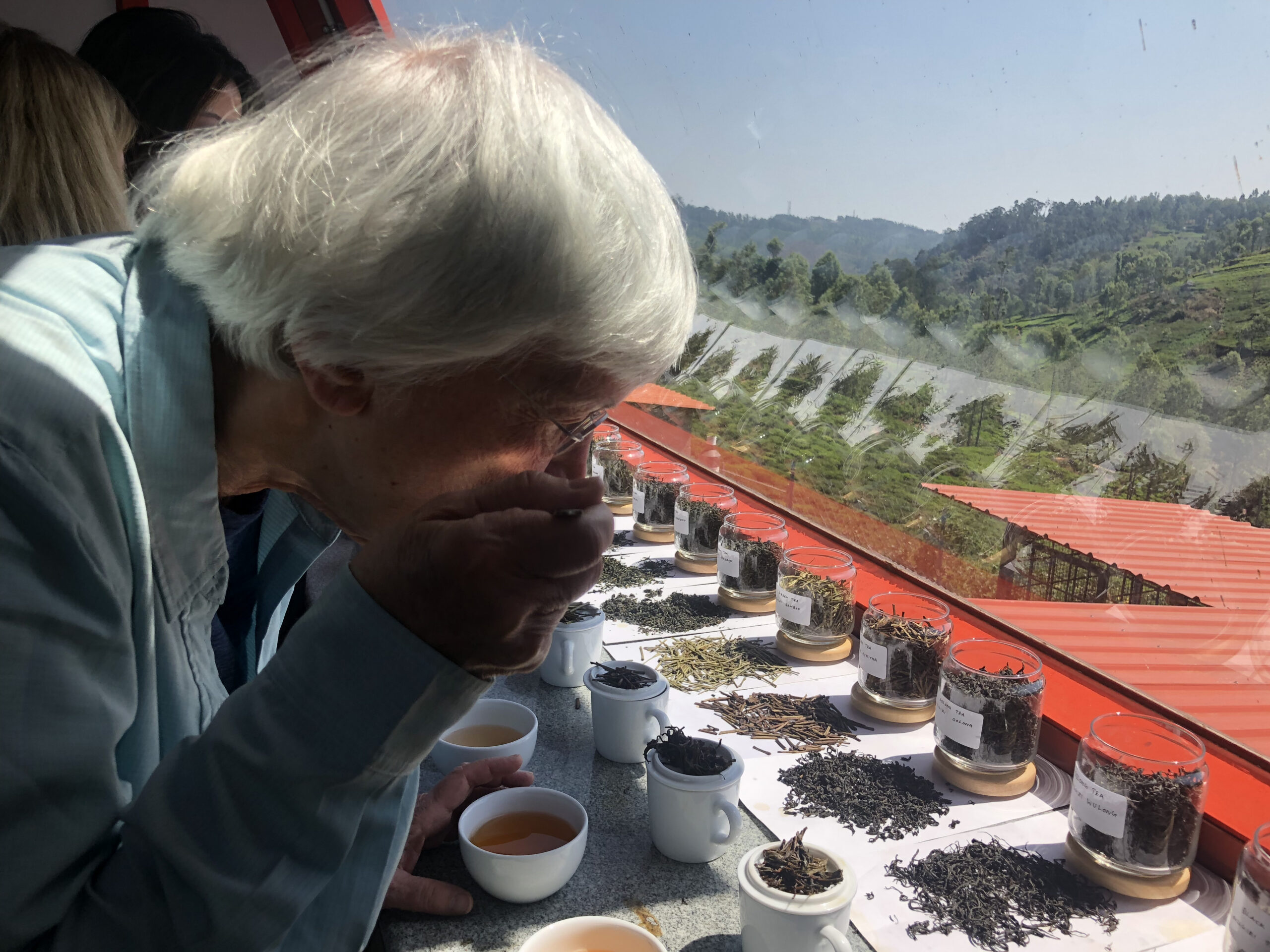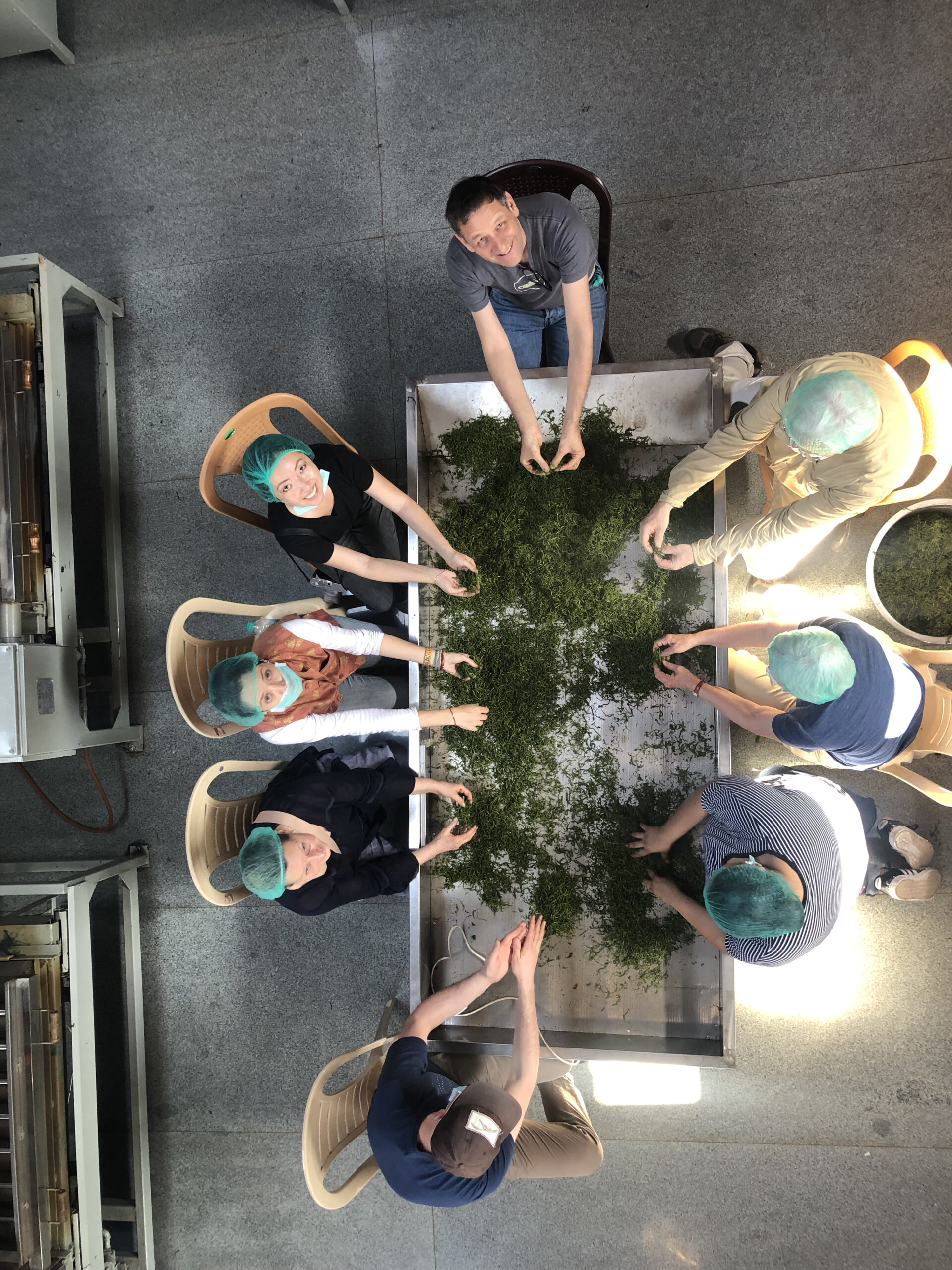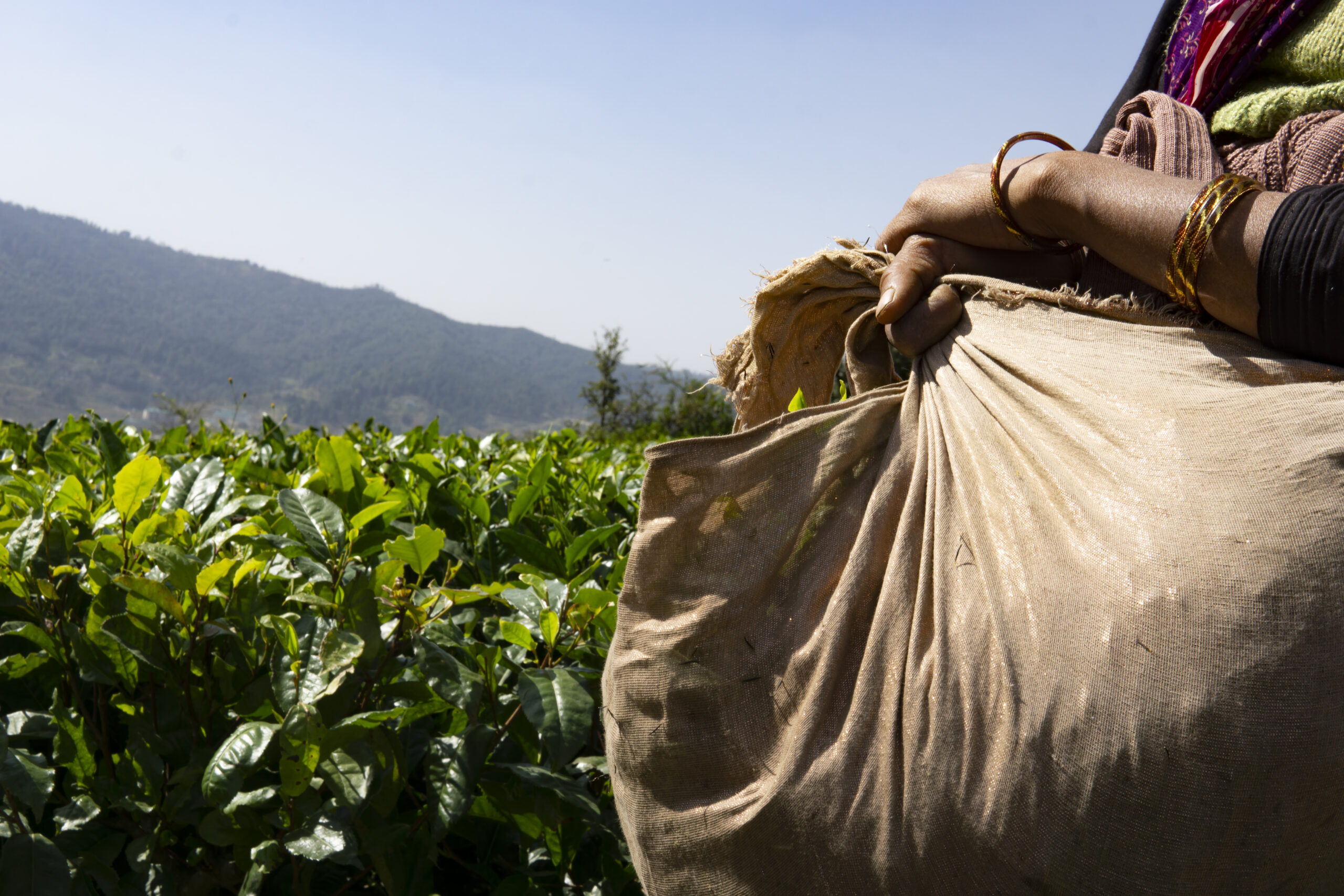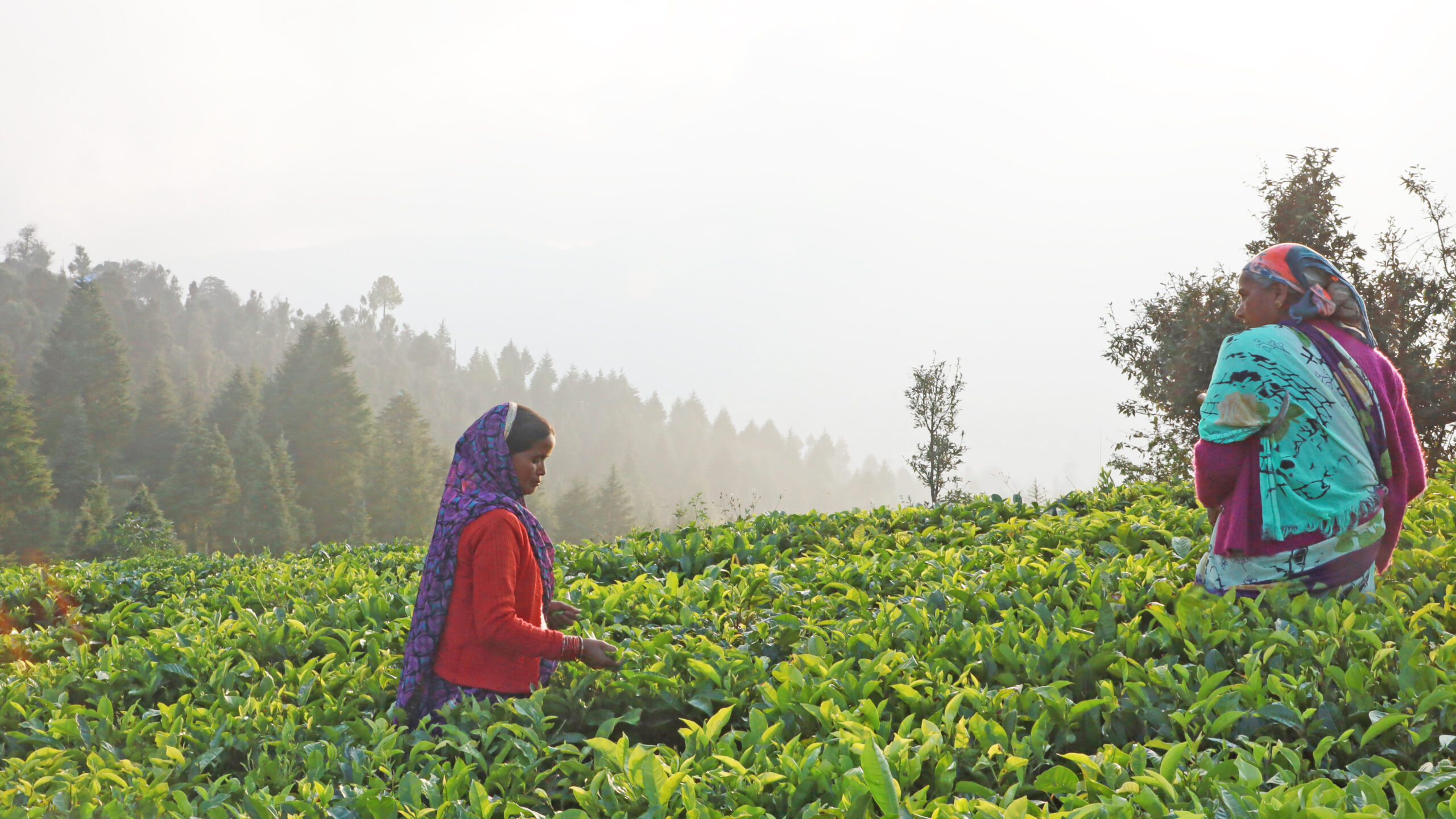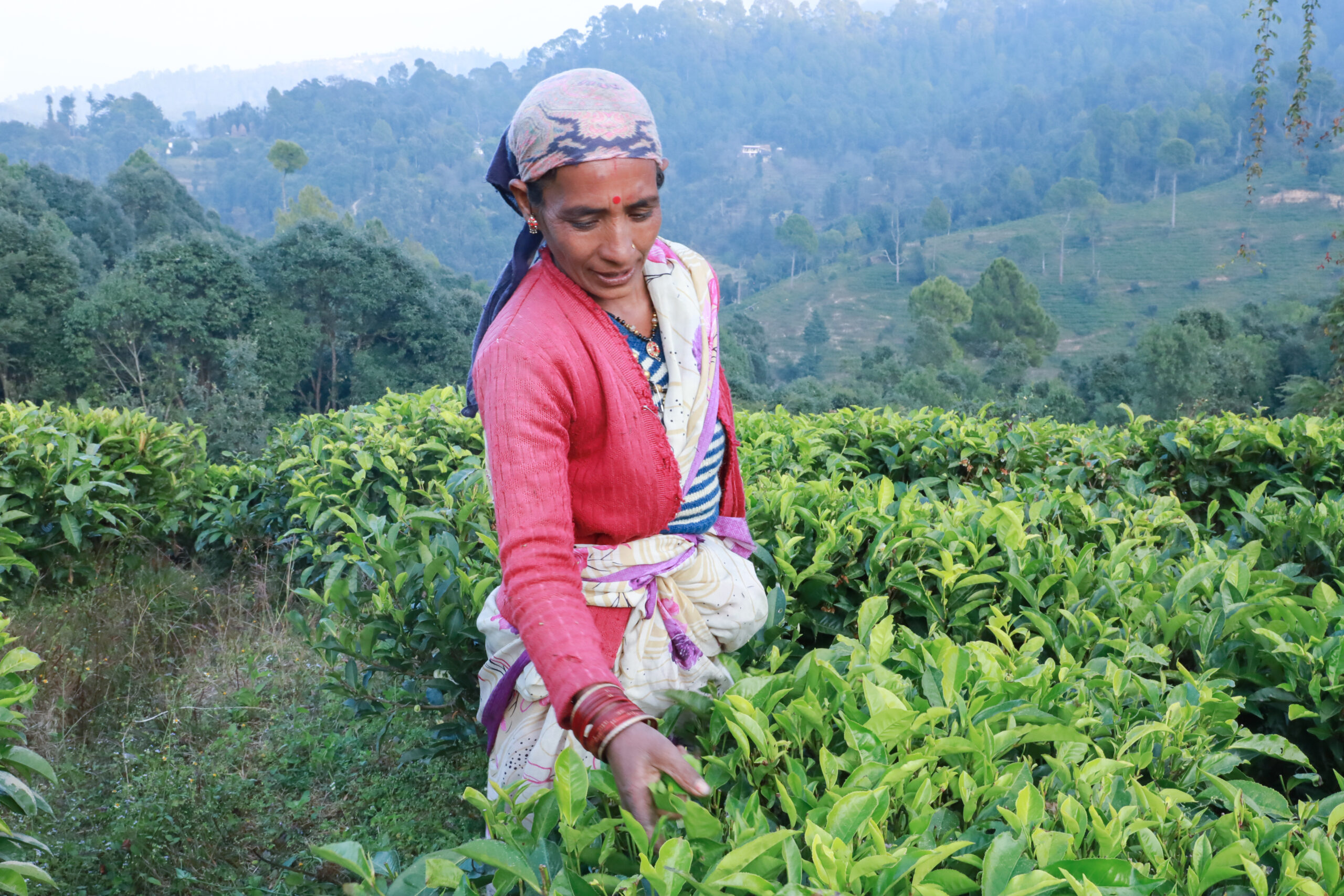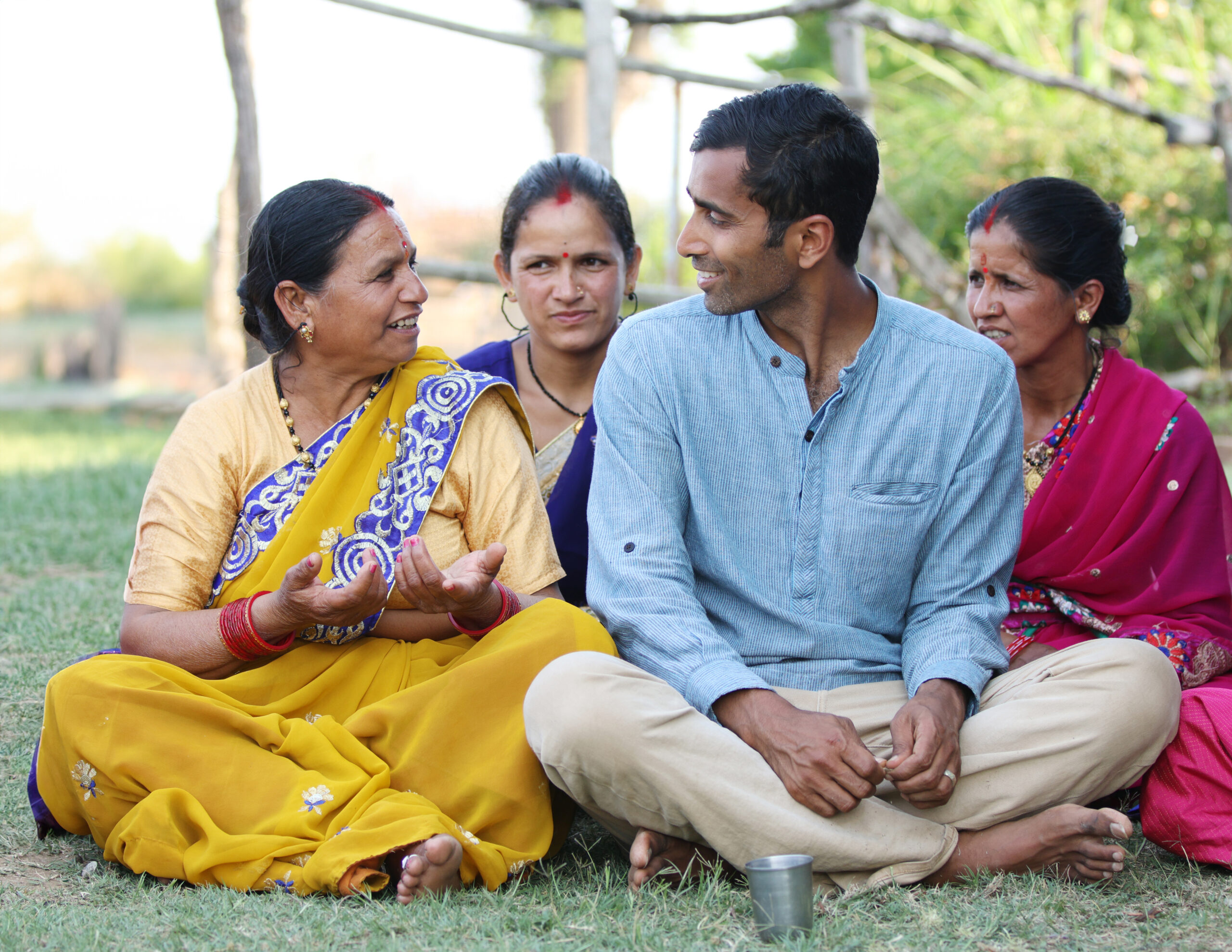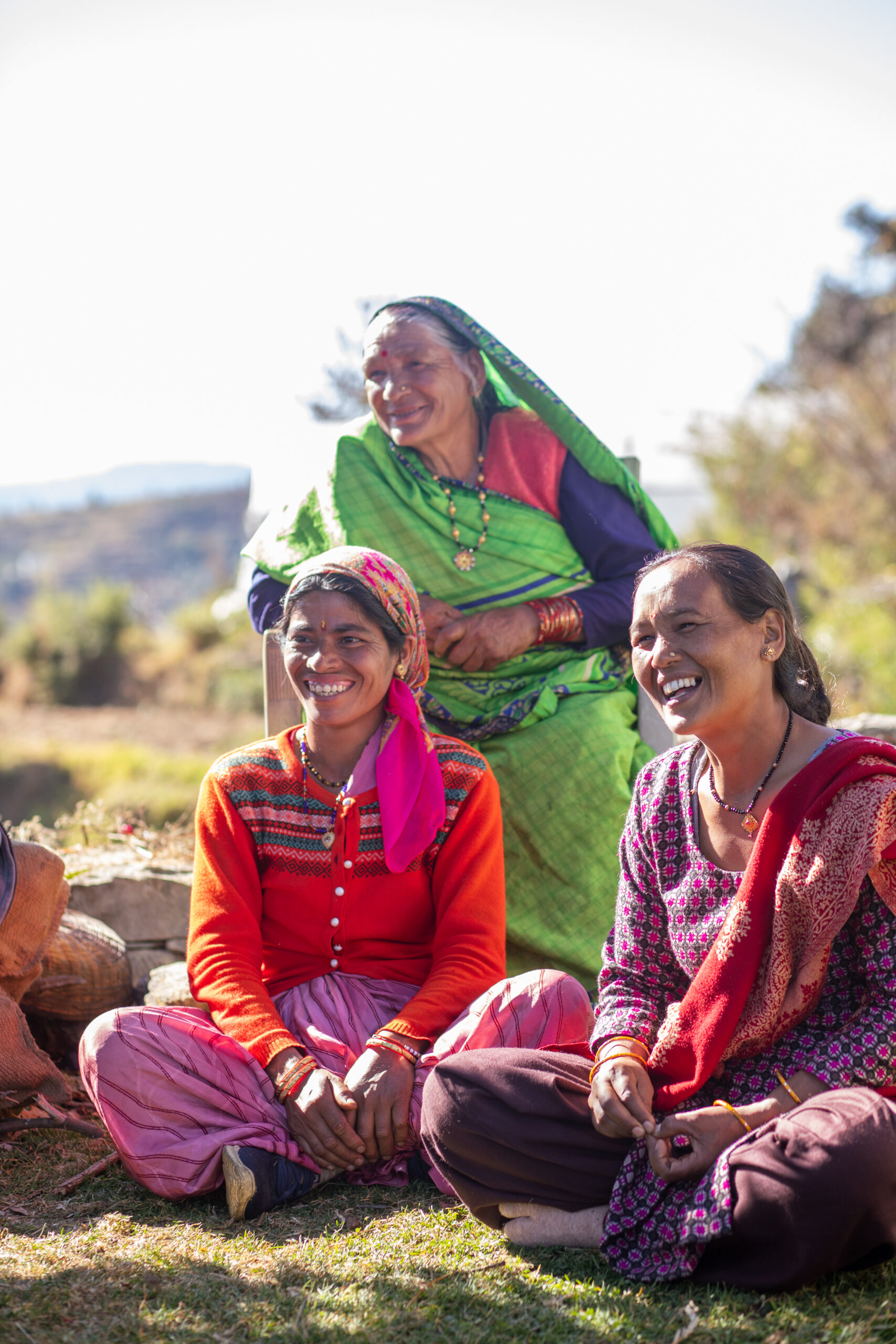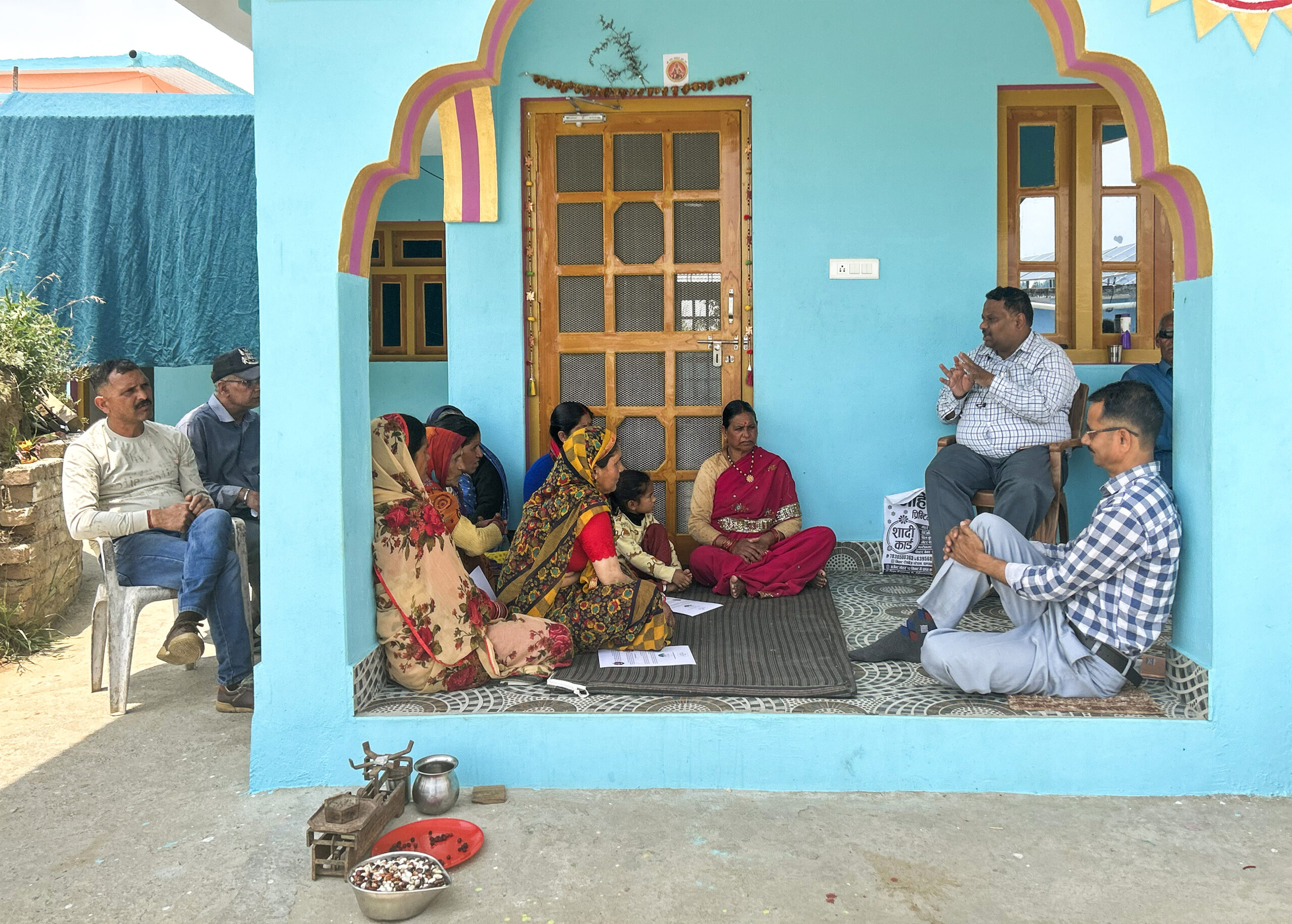“I was in my final year of undergraduate school studying electrical engineering. I was just trying to figure out what I wanted to do with my life. I was visiting Kumaon to see a non-profit called Avani. The landscape just grabbed me. Winding roads going up into the hills… I was worried about going over the edge… I was seeing landslides for the first time. But I really loved the little villages and bazaars and the way of life. I remember thinking this is a part of the world that is quietly doing its own thing and has for centuries. It’s off the beaten path for everything. What I remember most are people’s cheekbones…. It’s like they had so much joy etched into them from decades of smiling. It’s a beautiful place, with very hospitable people. There is a bit of a rugged raw feel that spoke to me then and continues to speak to me.”
Raj Vable recalls his first trip to these hills in 2010. It made a deep impression, for not only did he return year after year, but he set out to work with the community here. Kumaon is perhaps more famous in India for the stories of Jim Corbett and his adventures with man-eating tigers than it is for tea. Located in north India, in Uttarakhand state, it has a story that pre-dates Darjeeling tea. When the British East India Company was exploring tea prospects in India, the Camellia sinensis saplings were first brought to Saharanpur, about 300 km from Kumaon. In his book, A Journey to the Tea Countries of China, Robert Fortune, the Scottish botanist tasked with bringing (or smuggling?) tea from China to India, writes that soon after he arrived in Saharanpur in 1851, he was ordered by the governor-general of India to tour the tea plantations here, specifically Kumaon and Garhwal, to report on their condition and prospects. He was accompanied by William Jameson, who was in charge of the government tea plantations for the East India Company in the 1840s-50s. Fortune reports the Guddowli plantation near Pauri in Garhwal as “promising.” Moreover, the eight Chinese teamakers who had accompanied him from their country toured the region with him before eventually staying back at Pauri to teach the locals how to make tea.
After his first visit, Raj continued to visit every year. Soon, it was twice a year, and after COVID, he’s been here three times a year. In 2013, he founded Young Mountain Tea to retail specialty tea from organic and farmer-friendly tea farms to an American market. The teas are sourced from Darjeeling, Assam, Nilgiris, and Nepal, but Kumaon remains the heart and soul of the company.
In 1907, this region had 20 tea gardens, but most were abandoned by the 1920s, mainly because, unlike Kolkata or Assam, there was no access to a port. In the 1930s, six British families from Sri Lanka chose Kumaon to take up tea cultivation. There’s a lull in the narrative, which picks up again in the late 80s and early 90s when Desmond Birkbeck, a descendant of one of these families, decided to revive Kumaon’s tea plantations. Work began in the early 90s. When Raj arrived here, the tea industry was still nascent. In 2015, Raj and Desmond met, and more ideas began to take shape. From making black tea for auctions, Desmond agreed to explore specialty – especially white tea – production.
The pandemic may have brought a break in travel but allowed the team time for other plans. In 2021, Raj and Desmond revived the idea of a tea factory in Kumaon – the existing ones were government-owned factories – that YMT would own along with 500 farmers (mostly women) from Champawat village. A factory would allow farmers to access the significant revenue added after processing the tea (instead of selling green leaf in bulk to factories for a few rupees per kilo). The next challenge was determining how big the factory should be and what teas it should make. Alongside finalizing the design and beginning construction, Raj raised funds for the factory. Construction is now complete and tea production will start in September 2024.
On early trips to India, Raj started learning about Indian tea. He visited estates and tasted teas but wanted more, a deeper experience. He came close to the Makaibari Homestay, where he boarded with a family that worked on the estate. After starting YMT, he started organizing trips to Kumaon, and with six or seven groups behind him, the tour became more ambitious. In 2017, he brought a group from the USA led by tea expert Nigel Melican across Darjeeling, Assam, and the Nilgiris. This was a unique opportunity for tea enthusiasts and business owners to learn and experience Indian tea. Bringing people to Kumaon, especially tea folks who are keen to experience a new terroir, remains one of Raj’s favorite activities. This year, the new factory is the star attraction, allowing the group to experience every step of tea production and sales, including a make-your-own tea segment.
The tour is scheduled for October (there may be a couple of spots left!). It will offer an immersive tea experience and allow participants to interact with farmers and get to know them over several days. “The Kumaon model, which we’re working with farmers to build, is a learning experiment. We’re hoping that people will come in and learn and contribute. We’ll see how that plays out over the years. But the hope is that this is not just for the benefit of the guests, but also benefit to the communities and for our learning of what a sustainable model looks like,” says Raj. He’s also aware that these are occasions to make new connections that could change pathways in one’s life. Not unlike his tea journey. Raj is eager to create the right set of conditions that can catalyze these connections. He would like his group to take away a deeper sense of connection to the people and the landscapes from which tea comes. And perhaps a greater reverence for the tea plant.
The tour dates are October 18-26, and the India leg commences in New Delhi. More details and the registration link are here.
Photos, courtesy of Young Mountain Tea
Tea Market
Get More Value from Your Tea: BRU Maker One
+41794574278
Jacque's Organics
(647) 804-7263
